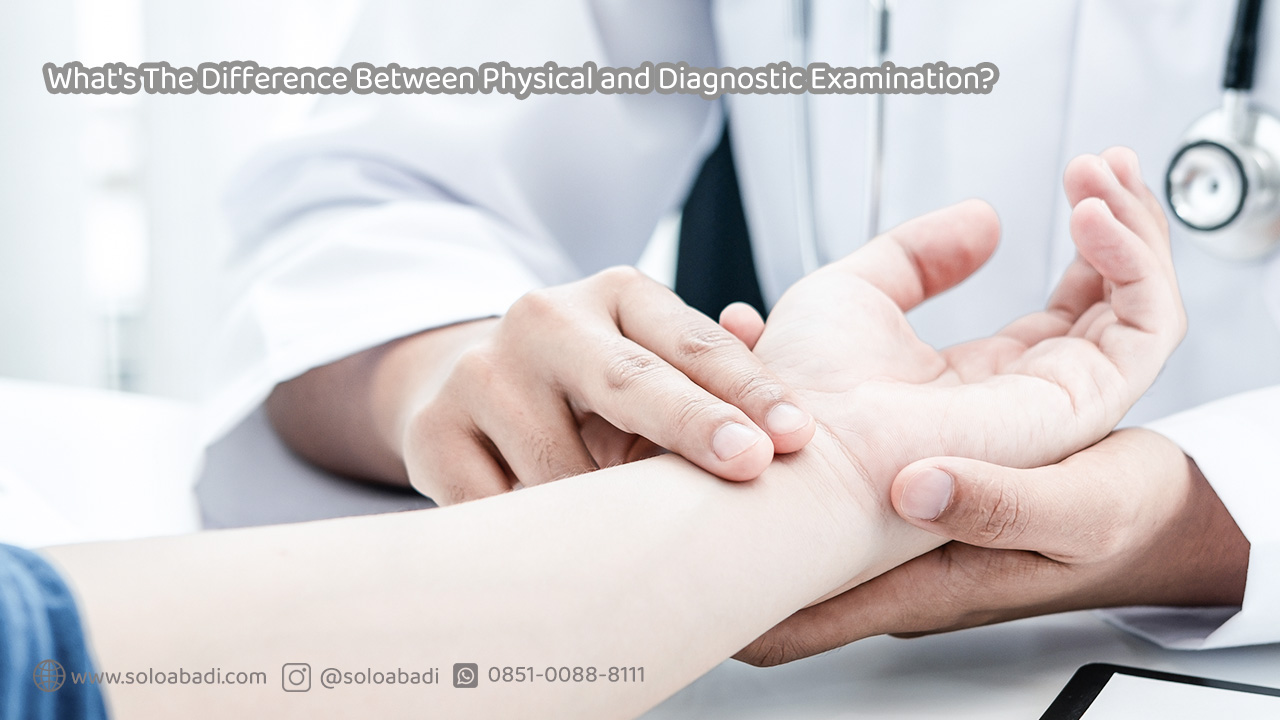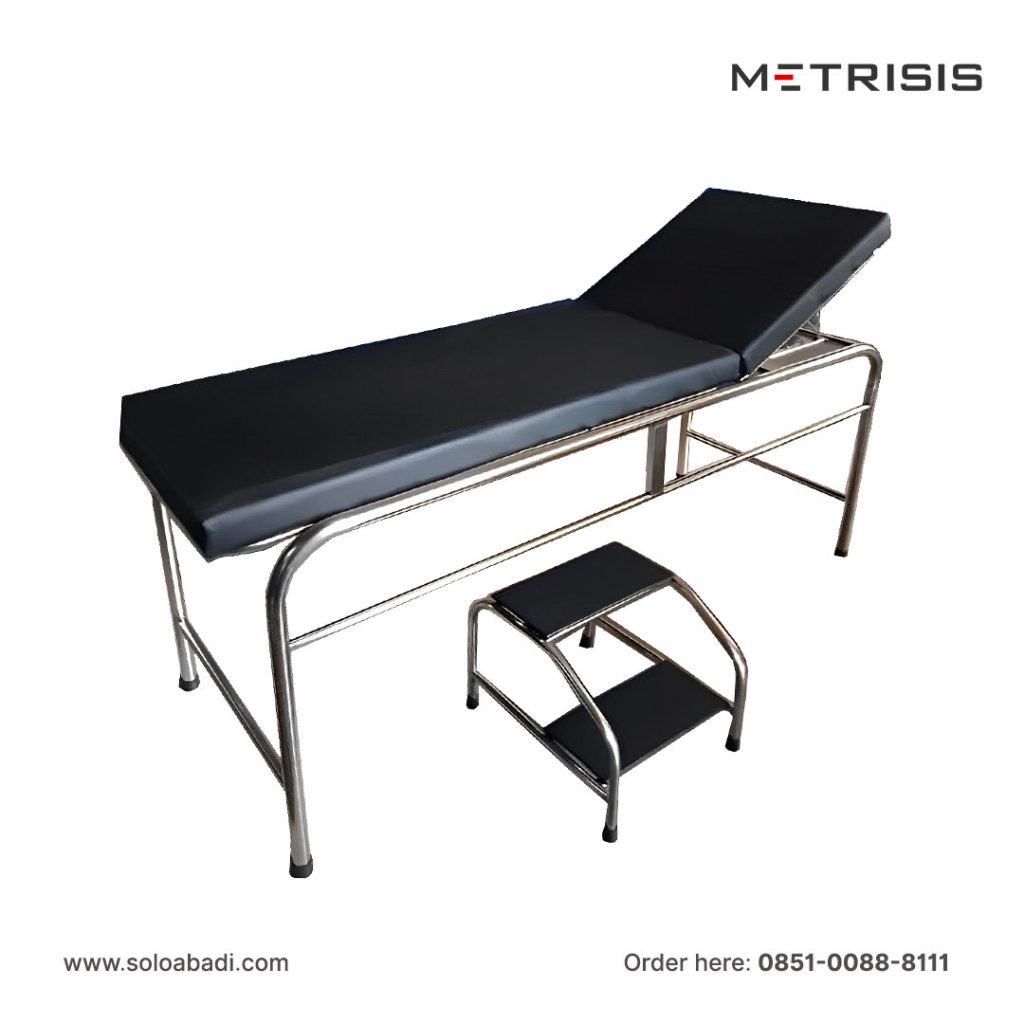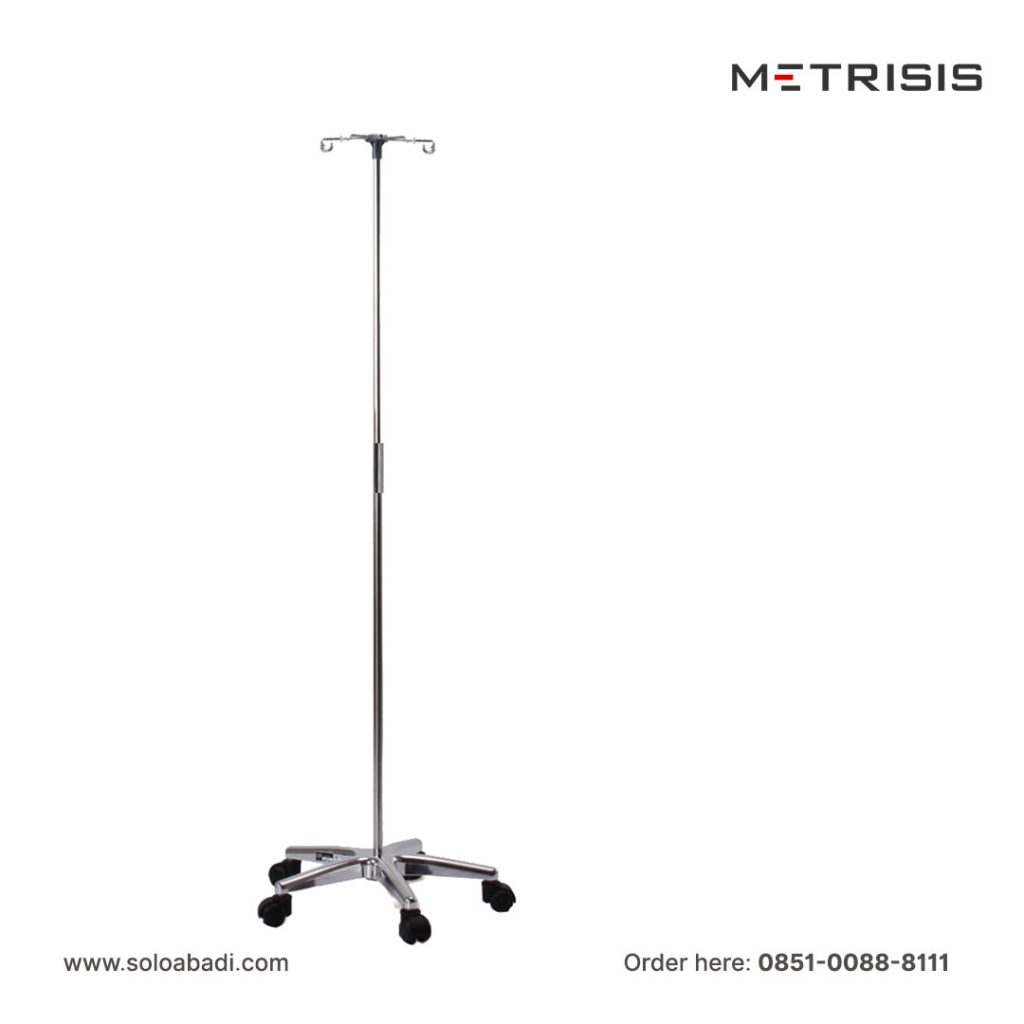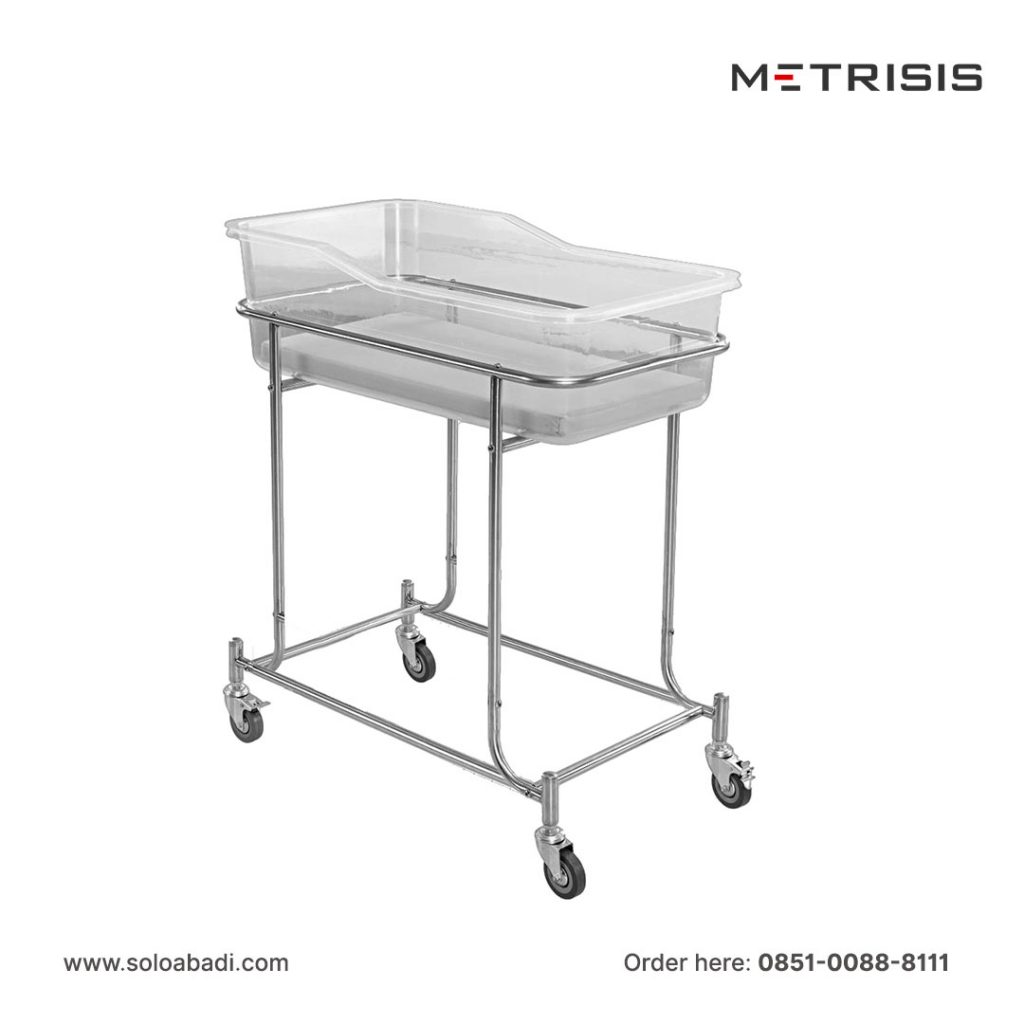The difference between Physical and Diagnostic Examination lies in their respective purposes. Diagnostic Examination aims to further detect diseases or assess the severity of the illness. In contrast, Physical Examination serves as the initial procedure before diagnosing any disease. Now, what other differences exist between diagnostic and physical examinations? Let’s delve into the following information!
Understanding Physical and Diagnostic Examination
Physical Examination
Physical Examination, also known as a Head-to-Toe examination, is a mandatory medical procedure conducted before diagnosing the patient’s illness. However, beforehand, healthcare professionals will conduct an interview or anamnesis with the patient or their family to gather medical history.
Diagnostic Examination
Diagnostic Examination serves as an advanced or supportive medical procedure to confirm or rule out suspected diagnoses based on symptoms, physical examination findings, and patient medical history.
What Sets Physical and Diagnostic Examination Apart?
Examining their definitions, the difference between physical and diagnostic examinations lies in diagnostic examination being an advanced examination following the physical examination.
Additionally, the physical examination is divided into four stages: inspection, palpation, percussion, and auscultation. These four stages are the initial steps assessed by healthcare professionals when we complain of pain or visit a healthcare center.
On the other hand, Diagnostic Examination is usually conducted as a supportive examination for specific disease diagnoses. Therefore, diagnostic examinations vary from case to case. For example, in cases of suspected drug abuse, blood and urine tests may be requested. Conversely, diagnostic tests conducted for suspected blockage of blood vessels in the head are done through a CT scan.
Hence, it can be concluded that Diagnostic Examination requires supportive tools such as:
What are included in Diagnostic Examination?
1. Laboratory Test
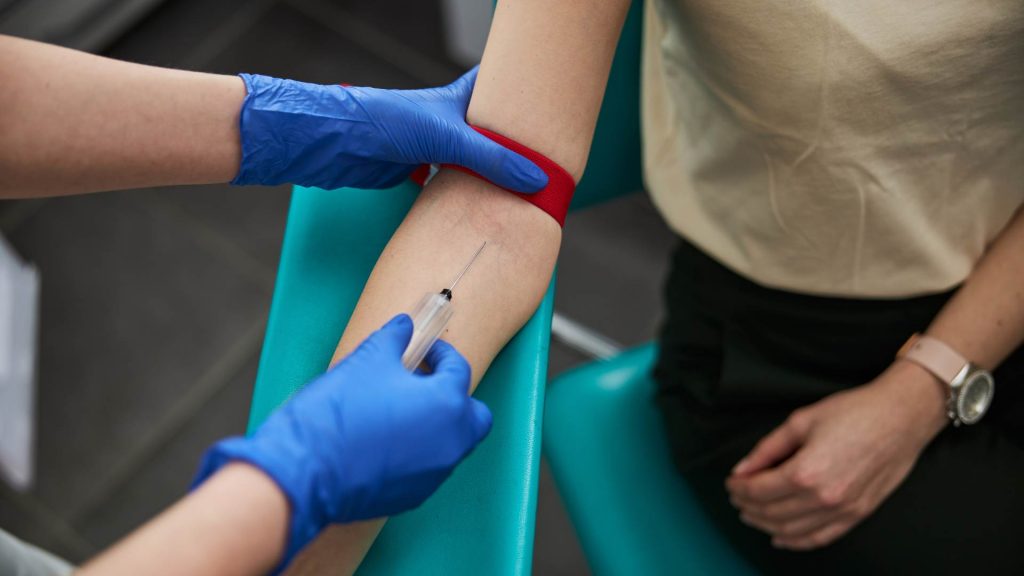
Laboratory Tests involve analyzing biological samples such as blood, urine, stool, or body tissues to measure various health parameters. These examinations are performed based on specific cases. The purpose of laboratory tests is to provide general health information, assess organ function, determine levels of important chemicals, detect infections, or diagnose certain medical conditions.
Examples of laboratory tests include Complete Blood Count (CBC), Liver Function Test (LFT), Kidney Function Test (KFT), glucose test, cholesterol test, hormone test, and others.
2. Medical Imaging
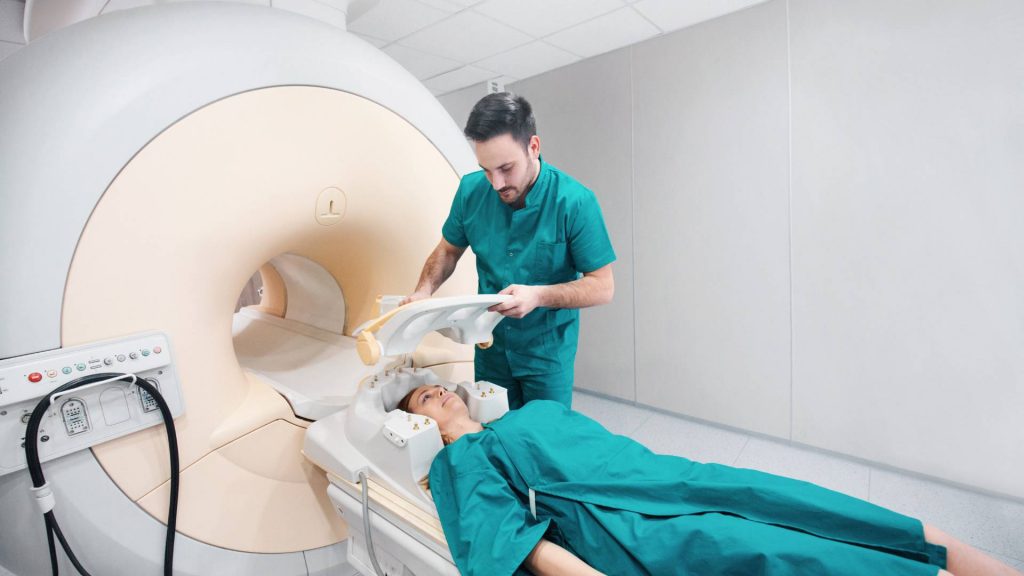
Medical Imaging is a supportive examination involving the use of imaging technology to produce internal body images that aid in diagnosing diseases or medical conditions.
The purpose of medical imaging is to enable healthcare professionals to assess organ function by visualizing its structure and condition. Additionally, healthcare professionals can detect tumors, injuries, blood vessel blockages, and other pathological changes.
Examples of medical imaging include the use of MRI, CT Scan, X-RAY, Ultrasonography, and PET Scan.
3. Functional Tests
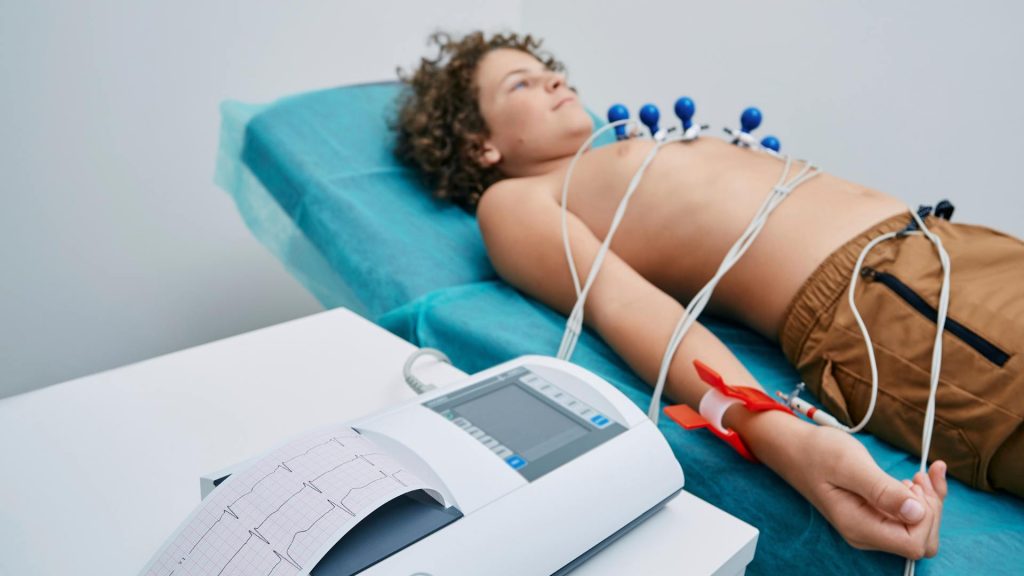
Functional Tests are assessments aimed at evaluating specific organ or bodily system functions. The goal is to detect organ or bodily system dysfunctions, measure responses to specific stimuli, and monitor physiological changes related to particular health conditions.
Examples of functional tests include Electrocardiogram (EKG/ECG), respiratory function tests (spirometry), thyroid function tests (TSH, T3, T4 tests), ergometry (heart stress tests), and blood coagulation tests.
4. Biopsy
Biopsy is a procedure involving the collection of tissue or cell samples from the body for analysis under a microscope. Its purpose is to diagnose and plan specific treatments, as well as to evaluate the potential spread of diseases.
Examples of biopsies include needle biopsies, skin biopsies, bone marrow biopsies, and others.
Discover Supporting Tools for Physical and Diagnostic Examination
PT. SOLO ABADI INDONESIA fully supports the government’s policy to enhance self-reliance in the healthcare sector in Indonesia. We provide all your healthcare equipment needs.
We have been entrusted by the Ministry of Health of the Republic of Indonesia (KEMENKES RI) to deliver thousands of packages to over 1000 Posyandu (integrated health service posts) in Indonesia. We offer the most comprehensive KIA (Mother and Child Health) and family planning (KB) examination set instruments in Indonesia, standardized by the Ministry of Health, which you can access in our E-CATALOG!
Contact our admin via WhatsApp. Follow updates on the Solo Abadi website, www.soloabadi.com, for more information.

